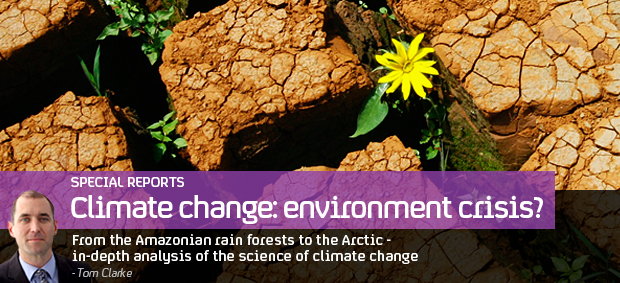Mississippi floodgates open to spare New Orleans
US Army engineers open a key Louisiana spillway to allow the swollen Mississippi river to flood thousands of homes and crops but spare New Orleans and Louisiana’s capital, Baton Rouge.
It was the first time in 38 years that a floodgate had been opened at the Morganza Spillway, 45 miles north west of Baton Rouge, on Saturday afternoon. It sent a flume of water onto nearby fields.
Weeks of heavy rain, combined with melting snow, have pushed water levels up on the Mississippi, flooding three million acres of farmland in Mississippi, Tennessee and Arkansas.
Three thousand square miles of Cajun countryside are likely to be affected by the flood. It could take up to three weeks for the water to pass through a system of levees and spillways.
The water will flow 20 miles south into the Atchafalaya Basin, from where it will roll on to Morgan City and, eventually, into the Gulf of Mexico.
In Morgan City, workers are reinforcing levees and placing sandbags along the Atchafalaya river.

Some 2,500 people live in the spillway’s flood path, and 22,500 others, along with 11,000 buildings, could be affected by backwater flooding.
“It’s putting tremendous pressure on the entire system as we try to work this amount of water through the Mississippi river tributaries,” Michael Walsh, president of the Mississippi River Commission, told reporters.
The American Red Cross has prepared shelters for thousands of people who are fleeing the region. Water levels are expected to peak later this week, but many people have been told to pack for a long distance.
Computer models suggest if the spillway had not been opened, New Orleans would have been put at risk of flooding to eclipse that seen during Hurricane Katrina in 2005.
